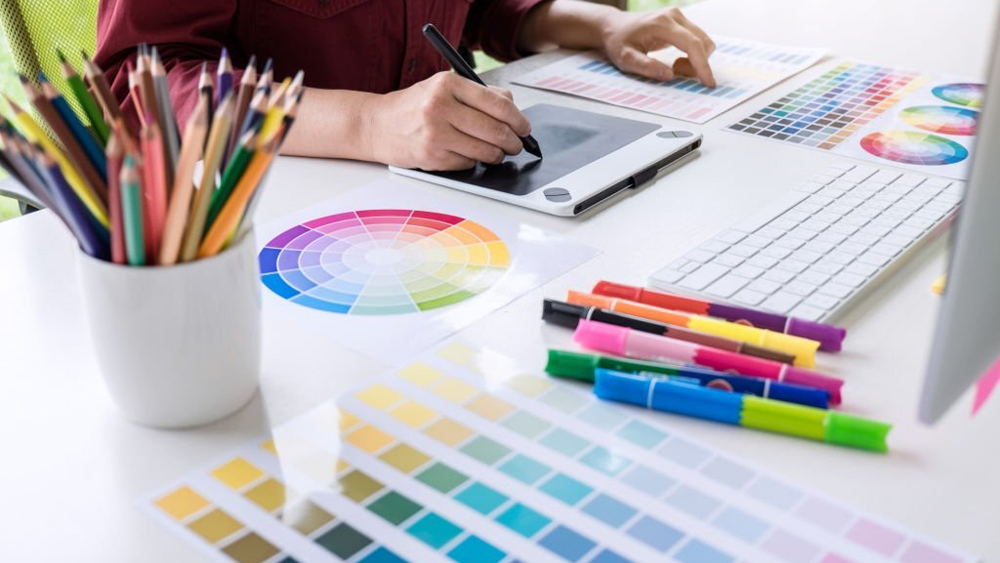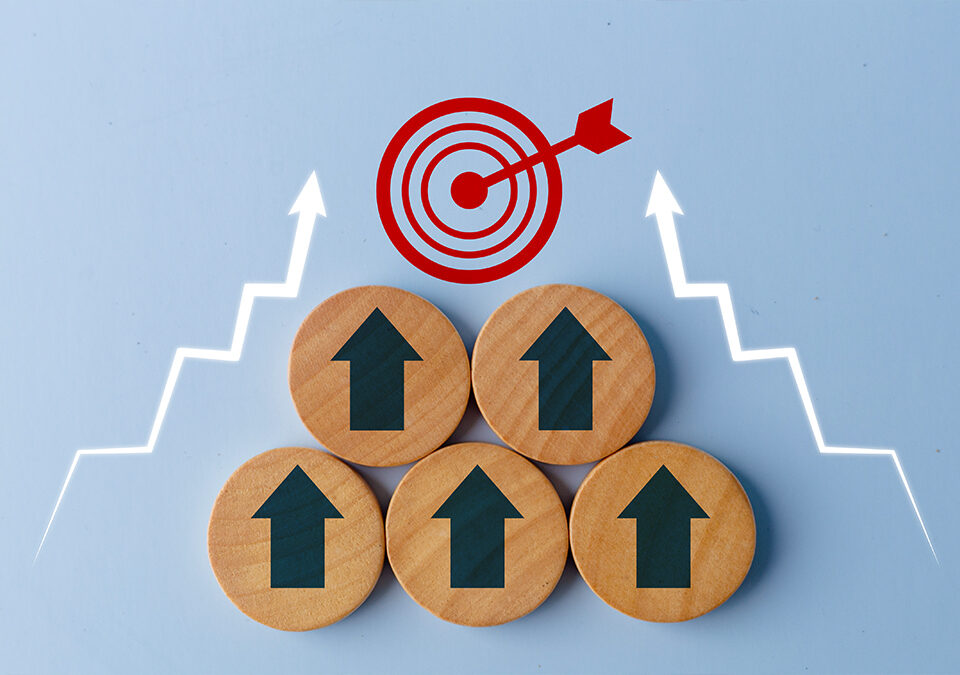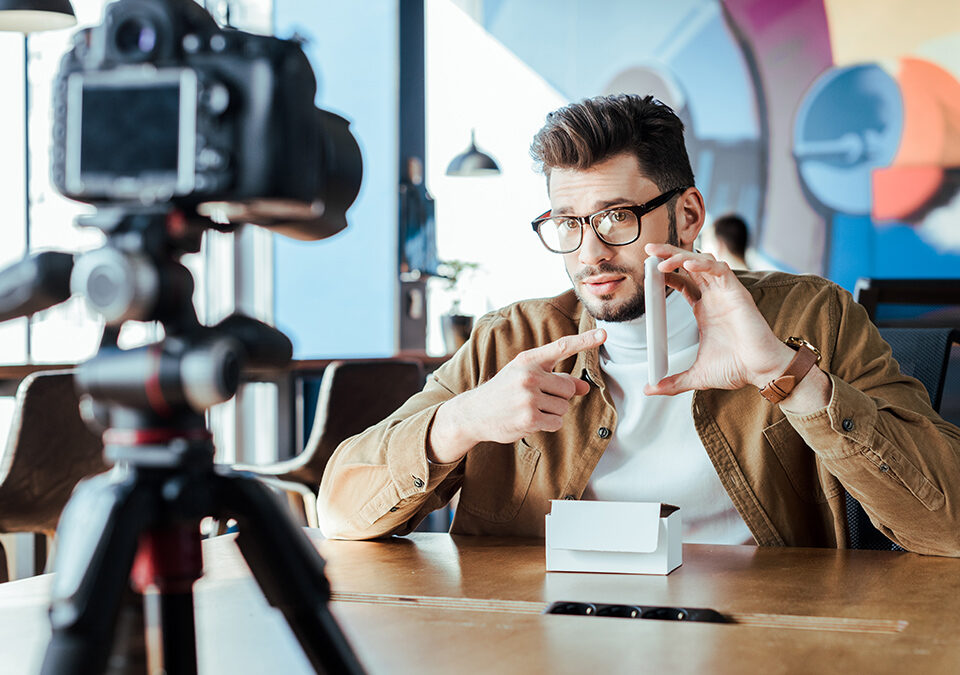
The importance of photography in digital marketing
January 13, 2023
What is the connection between web design and a company’s brand?
February 6, 2023A key component of branding and product design is color psychology. Understanding how colors touch people will help you apply them properly. Considering color psychology makes choosing your brand’s colors even more crucial. Before settling on a color scheme for your brand, it is crucial to take color meanings into account.
What is color psychology in branding?
The study of how colors influence perceptions and actions is known as color psychology. Color psychology in marketing and branding is concerned with how colors affect consumers’ perceptions of a brand and whether they influence consumers to think about particular brands or make purchases. It’s a crucial area of study to consider while developing marketing materials, starting a new company, or rebranding an existing one. Researchers discovered that up to 90% of quick judgements made about products can be based just on colors.
How does color psychology affect marketing?
Color elicits emotion. It arouses feeling. Choosing colors for your company is not any different. Your brand may stand out from the crowd or blend in depending on the colors you use for your marketing campaigns. You may influence your audience’s perception of you and get them to see what you want them to see by strategically employing color in your marketing campaigns. Therefore, knowing the psychology of color can be so helpful for your marketing campaigns. Because it can assist you in portraying your brand as you desire.

Brand colors: Their psychology and meanings
Because the human eye absorbs and decodes color in a split second, brand designers can emphasize visual hierarchy and direct focus to certain elements.
Red color psychology in brands
Red is the first color that infants can recognize. It garners a lot of attention because it is one of the most vivid daytime hues. Red has a wide variety of meanings, but they are all connected to strength, power, and energy. It may be connected to danger and rage or love and passion, depending on the situation. Being a highly tense color, too much of red can wear out the eyes and even make people feel anxious.
Orange color psychology in brands
Orange is the color associated with innovation, exploration, zeal, success, and balance in color psychology. Any image, website, or marketing piece that uses orange adds a dash of fun. Despite being an attractive color, it lacks red’s dominance. For calls to action or portions of a website that they want to draw attention to, many marketers still employ color.
Blue color psychology in brands
The most popular hue in the world is blue, with males favoring it more than women. And businesses share this sentiment: The most preferred logo color is this serene shade. The color blue evokes sentiments of safety, sturdiness, knowledge, and trust. Blue is a popular color choice for social media firms like Facebook and Twitter because it gives them an air of dependability, which is important for companies that keep a lot of user data.
Green color psychology in brands
Green, without exaggeration, is the color of life. Green evokes sentiments of relaxation, health, prosperity, hope, and freshness, since it resembles grass, trees, and bushes. However, the color can also stand for monotony, stagnation, and blandness because of its primordial character.
Branding in Vancouver
Now that you understand what it is and what is each color’s most prevalent meanings, it’s time to use color psychology in your business. Although there are common colors used in various areas, such as blue for health care, you are not required to constantly abide by the standards. To design your brand with the proper color, our professional designers at the Cactus media group in Vancouver can assist you. Whether you are starting a new brand or rebranding an existing one, we can help you with the best ideas.




